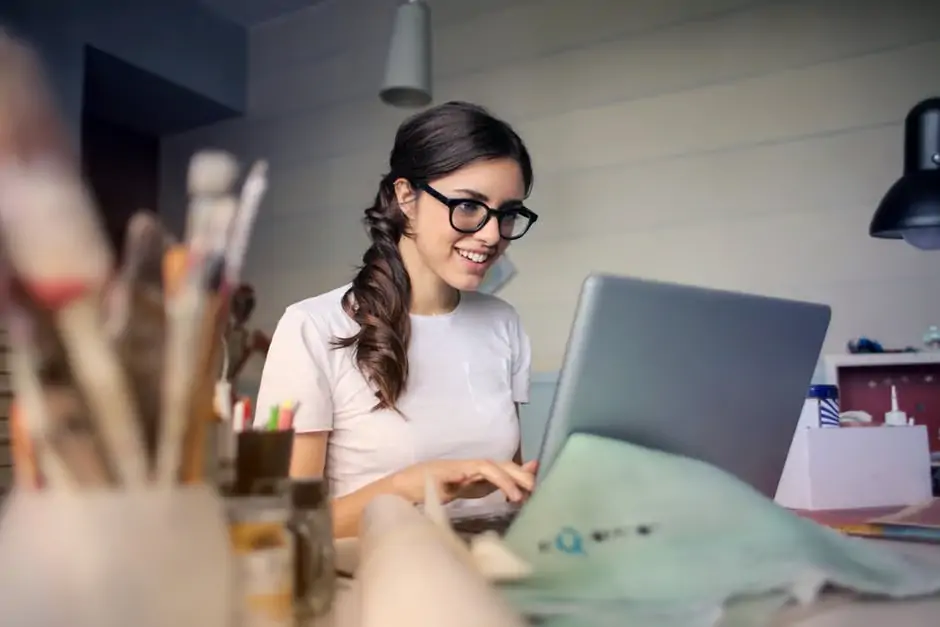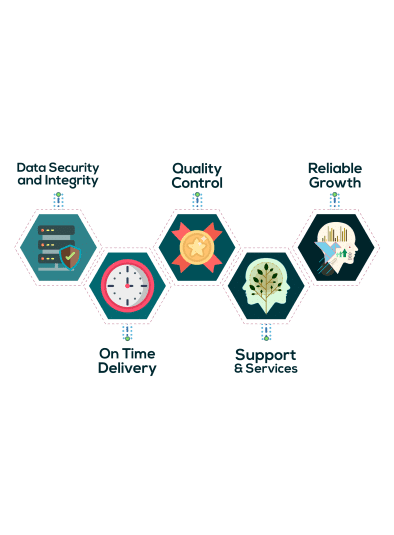
Long Hours Before the Screen? Here’s How to Protect Your Eyesight
In today’s digital age, screens are everywhere. From the moment we wake up to when we go to bed, we are glued to our devices. Whether it’s for work, entertainment, or socializing, our screen time is constantly increasing. But with this rise comes a hidden danger—digital eye strain. Prolonged exposure to screens can wreak havoc on our eyesight. This blog post explores how we can protect our vision in this digital era.
Understanding the Impact of Screen Time on Eyesight
The Menace of Blue Light
Blue light is a high-energy visible (HEV) light emitted by screens. It penetrates deep into our eyes and can cause significant damage over time. Studies have shown that blue light exposure can lead to digital eye strain, sleep disturbances, and even long-term vision problems.
Screen Glare and Its Effects
Screen glare, caused by reflections on the screen, can cause discomfort and strain our eyes. It forces our eyes to work harder, leading to fatigue and headaches. Reducing screen glare is crucial for maintaining eye health.
The Rising Tide of Digital Eye Strain
According to the American Optometric Association, 59% of Americans experience symptoms of digital eye strain. These symptoms include dry eyes, blurred vision, headaches, and neck and shoulder pain. The increase in screen time has made digital eye strain a prevalent issue that needs addressing.
Tips for Protecting Your Eyes from Digital Eye Strain
Adjust Screen Settings for Comfort
One of the simplest ways to protect your eyes is by adjusting your screen settings. Reduce the brightness of your screen to match the lighting in your room. Increase the text size to avoid squinting. Adjust the contrast to minimize eye strain. These small changes can make a big difference.
The 20-20-20 Rule
The 20-20-20 rule is a simple yet effective way to reduce eye fatigue. Every 20 minutes, take a 20-second break and look at something 20 feet away. This helps relax the eye muscles and reduces strain.
Regular Eye Exams and Appropriate Eyewear
Regular eye exams are essential for maintaining good eye health. They can help detect early signs of eye problems and provide necessary treatment. If you spend a lot of time in front of screens, consider investing in blue light-blocking glasses or prescription lenses designed for screen use.
Lifestyle Adjustments for Better Vision Health
Balance Screen Time with Outdoor Activities
Spending time outdoors is beneficial for your eyes. Natural light helps reduce the risk of myopia (nearsightedness), and outdoor activities give your eyes a break from screens. Make it a habit to spend at least 30 minutes outside every day.
Dietary Habits for Good Eye Health
A balanced diet rich in vitamins and minerals is crucial for eye health. Foods high in antioxidants, such as leafy greens, carrots, and fish, can help protect your eyes from damage. Omega-3 fatty acids, found in fish like salmon, are particularly beneficial for reducing dry eyes.
The Role of Adequate Sleep
Adequate sleep is essential for overall health, including eye health. Lack of sleep can exacerbate digital eye strain and lead to other eye problems. Aim for 7-8 hours of quality sleep each night to give your eyes the rest they need.
Tools and Technologies for Eye Protection
Blue Light Filters and Screen Protectors
Blue light filters are available for both screens and eyeglasses. These filters reduce the amount of blue light that reaches your eyes, minimizing the risk of digital eye strain. Moreover, on the BlockBlueLight website, and other similar ones, you can read more about the effects of blue light and how to protect your eyes by using glasses. That way, you can actively protect your eyes while using screens.
Ergonomic Workspace Design
An ergonomic workspace is vital for maintaining eye comfort. Position your screen at eye level and about 20 inches away from your face. Ensure your chair supports good posture and your desk is at a comfortable height. Proper workspace design can significantly reduce eye and body strain.
Eye Protection Software
Several software programs are available to help protect your eyes. Apps like f.lux adjust your screen’s color temperature based on the time of day, reducing blue light exposure. Additionally, reminder apps can prompt you to take regular breaks and follow the 20-20-20 rule.
In the end, protecting your eyesight in the digital age is more important than ever. By understanding the impact of screen time, making lifestyle adjustments, and utilizing tools and technologies, you can significantly reduce the risk of digital eye strain. Remember, your eyes are precious—take care of them. Start implementing these tips today and experience the difference in your eye comfort and overall well-being. Happy screen time!




